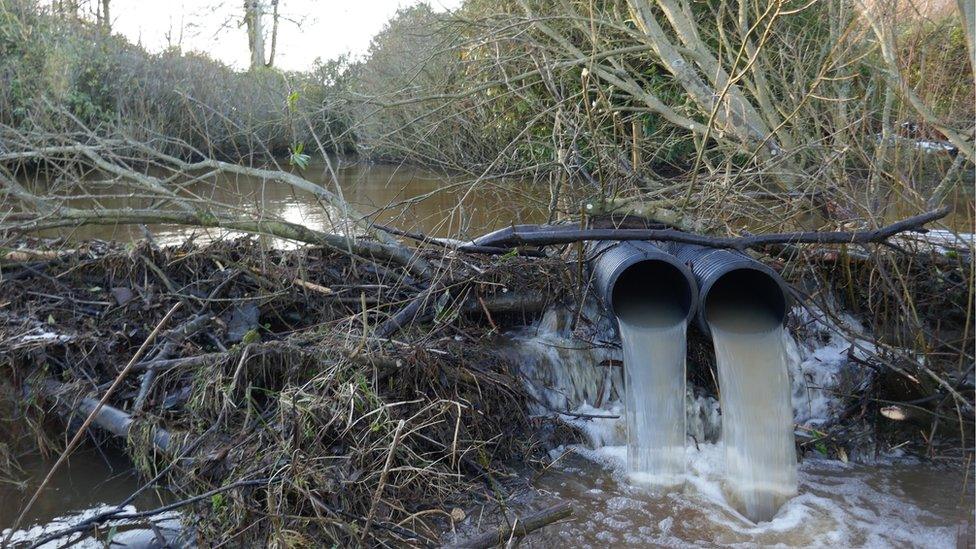Charity's 'concern' at number of beavers culled in Scotland
- Published

Beavers have been a protected species in Scotland since May 2019
A conservation charity has described the licenced killing of 87 beavers in Scotland last year as "deeply concerning".
The Scottish Wildlife Trust said the impact of the cull, estimated at about a fifth of the beaver population, could be "quite significant".
But Scottish Natural Heritage, which issues the licences, said it was "not really having any detrimental impact".
Beavers gained protected status in May last year.
Killing them or removing their dams can only be done under licence to prevent serious damage to agriculture.
Scottish Natural Heritage (SNH) said the licences had been restricted to a "fairly small proportion of occupied territories in and around Tayside".
A new report, external showed that 87 beavers were shot and 83 beaver dams were removed between May and December last year.
Farming leaders have raised concerns about the damage caused to agricultural land from beavers' dam-building.

Flow devices can regulate the water level of beaver dams
SNH said it was considering opportunities to move beavers from "high to low conflict areas within existing catchments" to improve the resilience of the existing population.
Its head of wildlife management, Robbie Kernahan, told the BBC's Good Morning Scotland programme: "We've seen beavers expand their range by about 20% on an annual basis prior to even being protected.
"I think we can be comfortable this level of offtake is sustainable and it's not really having any detrimental impact."
The two main beaver populations are in Knapdale in Argyll, and in Tayside and Forth.
The animals were introduced into Knapdale as part of a licensed trial in 2009.
In Tayside, beavers were first recorded in the wild in 2006, most likely through escapes from captive collections or after being released illegally.
'Heavy culling'
Scottish Wildlife Trust conservation director Sarah Robinson said the report revealed "alarming figures."
She said: "The trust see that as deeply concerning, because it's such a substantial proportion of the beaver population on Tayside.
"We know there's still a relatively small number of beavers and they're quite localised.
"So the impact of the cull on this protected species could be quite significant, and of course any continued heavy culling would put the future of the species in Scotland at risk."
Ms Robinson welcomed the recommendation to move beavers within their existing range.
She said: "There would be a particular benefit in moving animals into the fringes of this range in the Tay and the Forth catchments.
"Doing this could help expand their range, and close the gap between Scotland's two beaver populations."